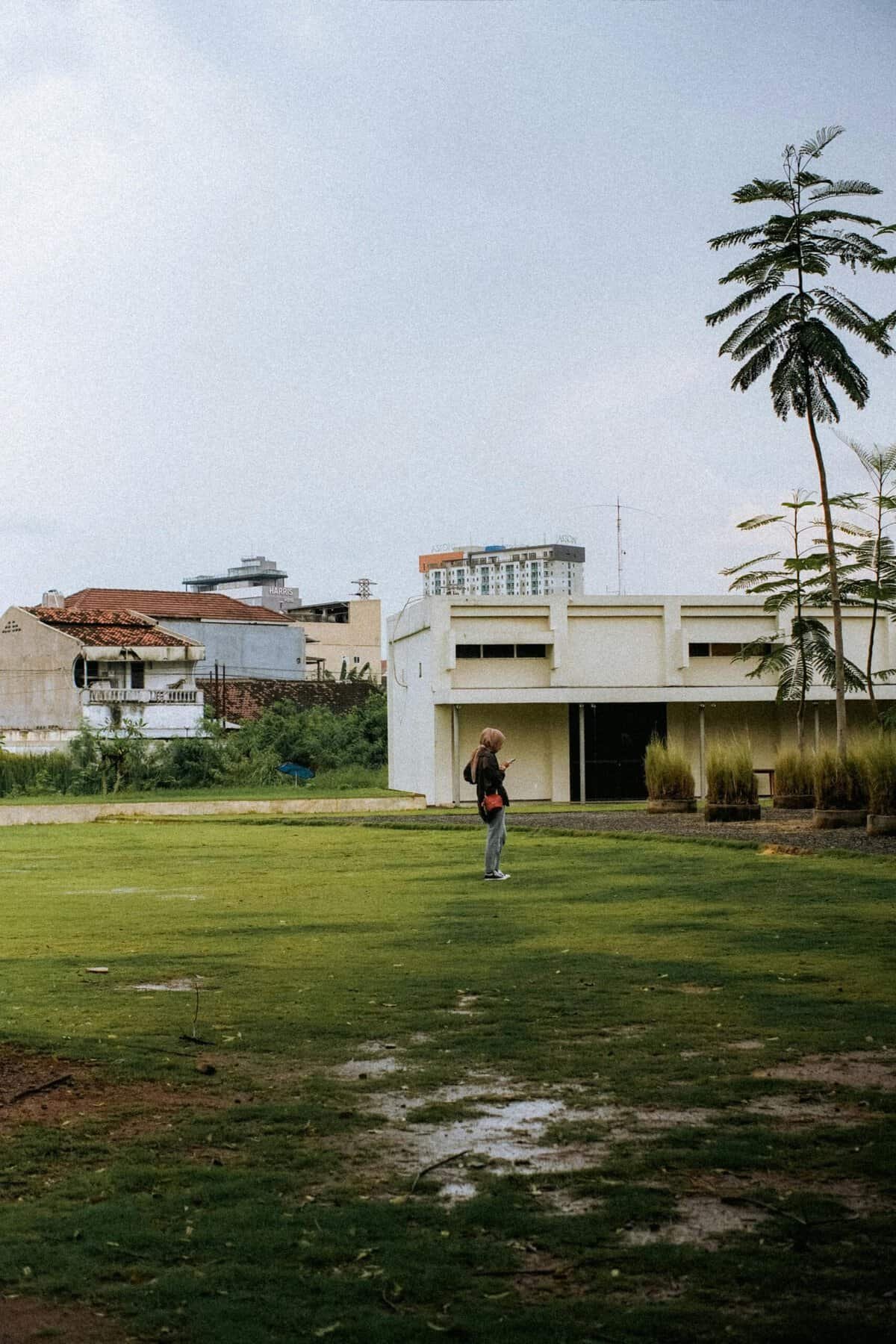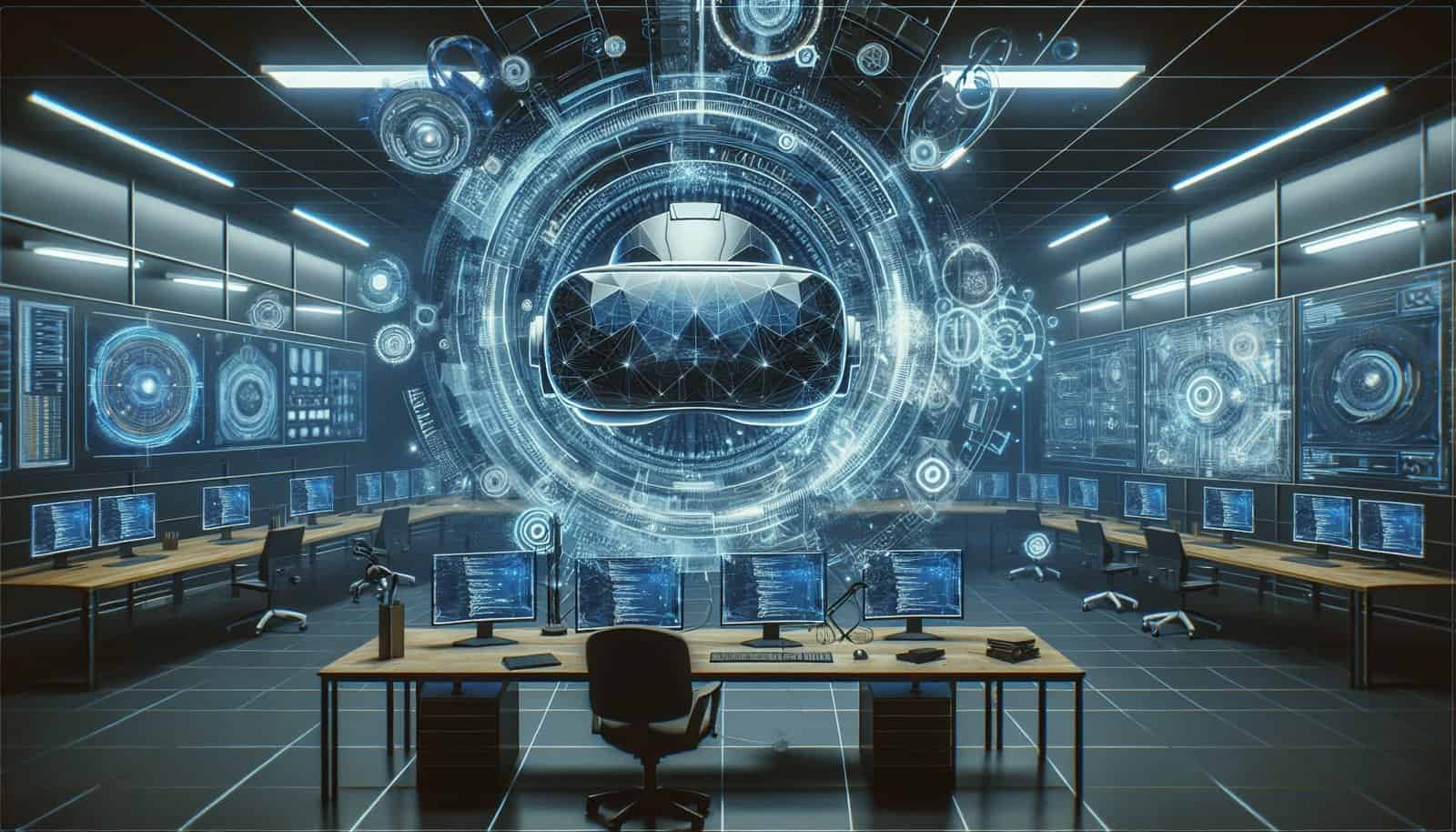Have you ever wondered what areas freelance VR developers focus on in their work? With the rise of virtual reality as a cutting-edge technology, the landscape of what freelance VR developers can do has expanded beyond our wildest imaginations. As a technology at the forefront of innovation, VR opens up a world of opportunities for freelancers skilled in coding, design, and interactive storytelling.
Understanding VR Development
Before we dive into the specific tasks, it’s helpful to understand what VR development involves. Virtual reality development is the process of creating immersive digital experiences that can be accessed through VR devices such as headsets. This field blends computer science with creative design, aiming to craft experiences that are not only technologically advanced but also engaging and intuitive for users.
The Role of a Freelance VR Developer
Freelance VR developers wear many hats, requiring a diverse skill set to succeed. They might find themselves coding the backbone of a VR application one day, then designing stunning 3D models the next. Their primary role, however, is to create virtual reality experiences that users can immerse themselves in, often involving multimedia components such as sound, graphics, and interactive features.
Core Skills Required
A successful freelance VR developer typically possesses a mix of technical and creative skills. Here’s a breakdown of essential skills you might need:
| Technical Skills | Creative Skills |
|---|---|
| Coding (C#, C++, Python) | 3D modeling and animation |
| Game engine proficiency (Unity, Unreal) | User experience (UX) design |
| VR SDKs (Oculus, HTC Vive) | Virtual storytelling |
| Software tools (Blender, Maya) | Sound design integration |
Types of Projects Freelance VR Developers Work On
Freelance VR developers are involved in a wide array of projects. Let’s look at several domains where their expertise is invaluable.
Gaming and Entertainment
The gaming industry is one of the primary beneficiaries of VR technology. As a freelance VR developer, you might be tasked with creating interactive gameplay environments that maximize the unique capabilities of VR. This includes designing levels that utilize spatial awareness, crafting immersive storylines, and implementing physics-based interactions that feel tangible to players.
Virtual Reality Training and Simulation
Another booming area for VR development is training and simulation. Industries such as healthcare, aviation, and mechanics use VR to simulate real-world environments where trainees can practice their skills in a safe and controlled setting. You might create detailed models of surgical procedures or flight simulations that provide risk-free learning opportunities.
Architectural Visualization
For architects and real estate developers, VR provides a powerful tool for visualization. Freelance VR developers might create interactive walkthroughs of planned spaces, allowing clients to experience buildings before they are constructed. These visualizations help with design approval processes and can be used as promotional materials for potential buyers.
Education and e-Learning
In the educational sector, VR has the potential to revolutionize how we learn. You may be hired to develop educational modules that allow students to explore historical events, participate in virtual lab experiments, or dive deep into scientific concepts through interactive simulations. This immersive learning setup can make complex subjects more accessible and engaging.
VR Art and Environments
As an artist using VR, you might focus on creating beautiful and abstract digital art spaces where users can explore or even contribute to the artwork themselves. Such environments could be used in exhibitions or as a form of digital product offering users unique artistic experiences from the comfort of their homes.
Health and Therapy Applications
Health technology is not far behind, leveraging VR for therapeutic applications. Freelancers in this field might develop applications for mental health therapy, pain management, or rehabilitation. The immersive nature of VR allows for innovative treatment methods, such as exposure therapy for phobias or guided meditation experiences.

Tools and Technologies Commonly Used
As a VR developer, you’re likely to use a suite of tools and technologies depending on the project requirements. Let’s take a closer look at some of these tools:
Development Platforms
- Unity: Popular among VR developers for its flexibility and ease of use. It supports most VR platforms and comes with extensive resources and libraries.
- Unreal Engine: Known for high-fidelity graphics, Unreal Engine is another top choice for creating stunning and complex VR environments.
Design and Modeling Software
- Blender: A free and open-source tool used widely for 3D modeling, animation, and rendering.
- Maya: Preferred for its advanced modeling features, Maya is widely used in creating detailed and professional-grade VR models.
VR Hardware and SDKs
- Oculus SDK: Used for creating applications to be used with Oculus hardware; offers a range of tools and resources.
- HTC Vive SDK: An alternative for targeting HTC Vive headsets, providing extensive documentation and support.
Sound Design Tools
- FMOD and Wwise: These are popular tools for integrating dynamic audio into VR applications, crucial for creating immersive soundscapes.
Challenges Faced by Freelance VR Developers
Every field comes with its own set of challenges, and VR development is no exception. Here are a few hurdles you might face:
Keeping Up with Technology
The pace of technological advancements can be overwhelming. Staying updated with the latest tools, platforms, and best practices in VR technology can be a full-time job in itself.
Performance Optimization
Crafting VR experiences requires managing computational resources adeptly, as VR applications are resource-intensive. Performance optimization is crucial to provide a smooth user experience, requiring developers to balance between quality graphics and application speed.
Cross-Platform Compatibility
Developing for various VR platforms can be challenging. Ensuring your applications run smoothly on different devices with varying capabilities means understanding and working within the limitations of each platform.
User Comfort and Safety
Creating experiences that are both immersive and comfortable for users can be a delicate balance. You must consider factors such as motion sickness, user interface design, and interaction models to ensure that users have a positive experience.
Client Communication and Management
As a freelancer, managing client projects effectively can be challenging, especially when explaining the complexity of VR development to clients who might not be familiar with the technology. Clear communication and proper expectation management are key in successful project delivery.

Opportunities in the Freelance VR Market
Despite the challenges, the freelance VR development market offers numerous opportunities for those willing to delve into this innovative field. Let’s explore the prospects.
Growing Demand
As VR technology gains traction across various industries, the demand for skilled VR developers is on the rise. Businesses are increasingly looking to leverage VR for its innovative capabilities in enhancing user experience and engagement.
Remote Work Flexibility
Many VR development projects can be conducted remotely, offering you flexibility and the ability to work with clients across the globe. This opens up broader opportunities compared to a traditional office job.
Diverse Project Portfolio
Working as a freelancer in the VR industry allows you to build a diverse project portfolio. You can venture into different sectors like gaming, healthcare, real estate, or education, enriching your skills and experience.
Skill Development
VR development is continually evolving, providing ample opportunities for skill enhancement. Keeping abreast of new trends and technologies not only maintains your competitive edge but also contributes to personal growth.
How to Get Started as a Freelance VR Developer
If this career path sounds intriguing, you’re probably wondering how to get started. Here are some steps you might consider:
Building a Solid Foundation
Acquire fundamental skills in programming and design. Familiarize yourself with popular platforms like Unity or Unreal Engine through online courses or tutorials. Build a basic understanding of 3D modeling software like Blender or Maya.
Gaining Experience
Start by working on small personal projects or volunteering for nonprofit projects to gain practical experience. Creating a portfolio with these projects can demonstrate your skills to potential clients.
Networking
Join VR communities, both online and offline, to connect with fellow developers and industry professionals. Platforms like Reddit, LinkedIn groups, or local meetups can provide you with invaluable insights and job opportunities.
Freelance Platforms
Register on freelance platforms such as Upwork, Freelancer, or Fiverr to find VR-related job postings. Tailor your profile to highlight your VR development skills and past work experience.
Continuous Learning
As the VR landscape evolves rapidly, continual learning is vital. Regularly update your skills through workshops, online courses, webinars, or certifications to stay competitive.

Conclusion
The world of freelance VR development is vibrant and full of exciting possibilities. As a freelance VR developer, you have the freedom to choose from a plethora of projects in diverse industries, each offering unique challenges and learning opportunities. By honing your skills, keeping pace with technological advancements, and maintaining an open mind, you can carve out a successful path in the ever-growing universe of virtual reality. Whether you’re captivated by creating immersive games, enhancing education, or revolutionizing virtual training, VR development offers an engaging, multi-faceted career that promises to reshape our world’s digital landscape.

